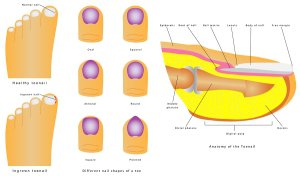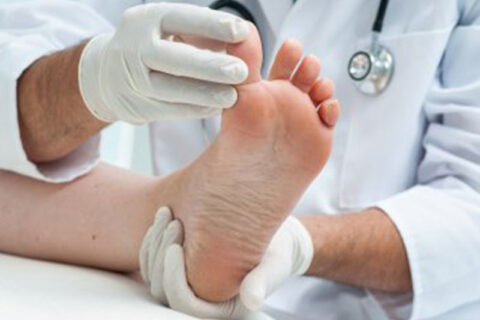Ingrown Toenails: Get the Facts
An ingrown toenail is a nail with corners that dig into the soft tissues of the surrounding skin, which can cause irritation and swelling. Keep reading to learn more about the treatment and how ingrown toenail treatment near Sugar Land can help you find relief:
The Causes of Ingrown Toenails
There are many factors that could contribute to this uncomfortable foot condition. Cutting the toenails too short or rounding the corners might lead to an ingrown toenail. Some people are more likely to develop this condition because it runs in their family. Wearing tight shoes that crowd the toes could also increase the risk for dealing with an ingrown toenail. Normal activities that cause repeated trauma might also lead to this condition.

Brief At-Home Relief for Ingrown Toenails
If you have an ingrown toenail and are in otherwise good health, you can soak the affected food in warm salt water. After you have let the foot soak, you should dry it off completely, put on an antiseptic, and place a bandage over the area. You can take ibuprofen or acetaminophen to try to relieve the pain. Rest your foot when you can and wear comfortable, loose shoes. If the area around the toenail does not feel better within 2-3 days, you should call your doctor. If you have diabetes, peripheral vascular disease, or other circulatory issues, you should not try to treat the toenail at home and should instead see your podiatrist.
Help From the Foot Specialist
The best way to deal with an ingrown toenail is to visit the podiatrist. The doctor can look at the area to determine if more aggressive treatment is needed to fix it. If a patient has a lot of swelling, inflammation, pain, or discharge, the doctor might give you a prescription for antibiotics to lower your risk for infection before partially or completely removing the nail. If you have consistent pain around the ingrown toenail, you should schedule a consultation with a foot specialist to find out how you can get rid of your pain.

